The American Hospital Association Looks at Retail and Tech Health Care Disruptors
Health Populi
FEBRUARY 16, 2023
The top-line theme of the report is that, “The $260 billion primary care market is dominated by traditional providers in a fee-for-service arrangement, but that is changing rapidly,” the report begins. “By 2030, nontraditional players could own as much as 30% of the primary care market.”

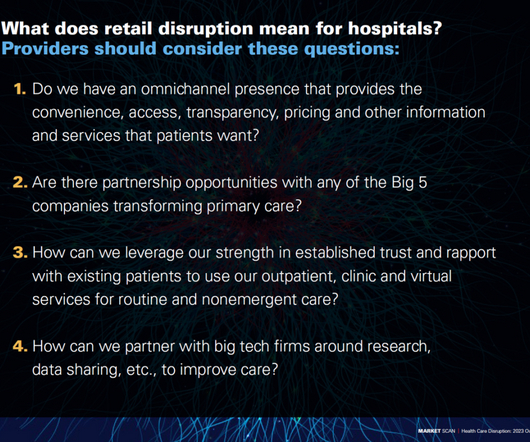
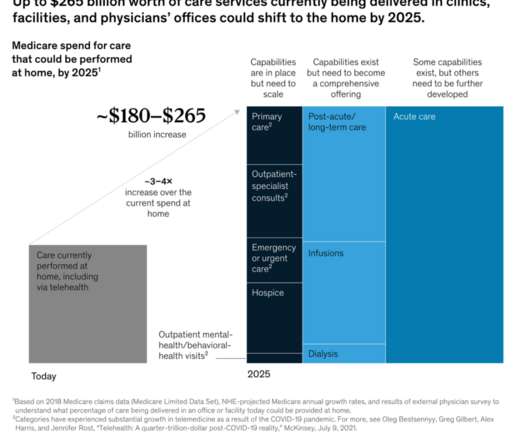
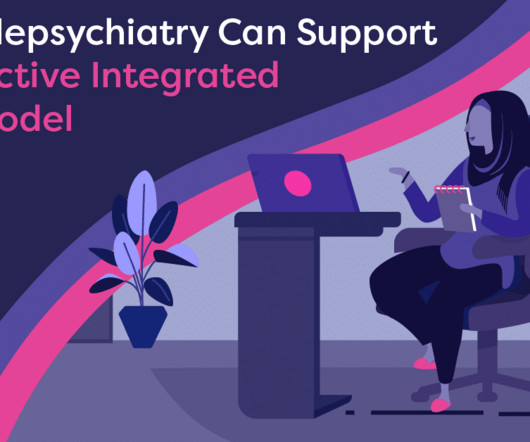
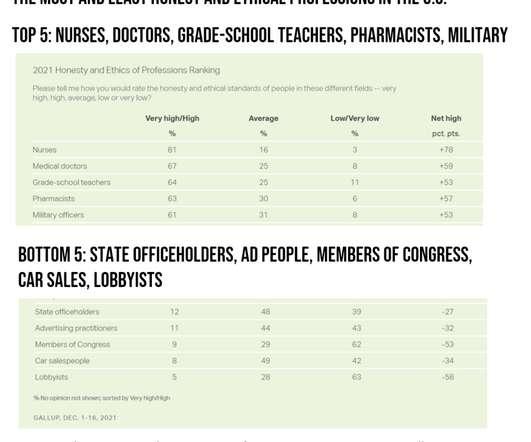
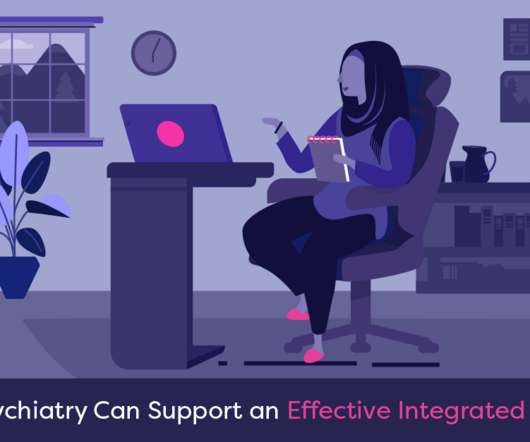









Let's personalize your content